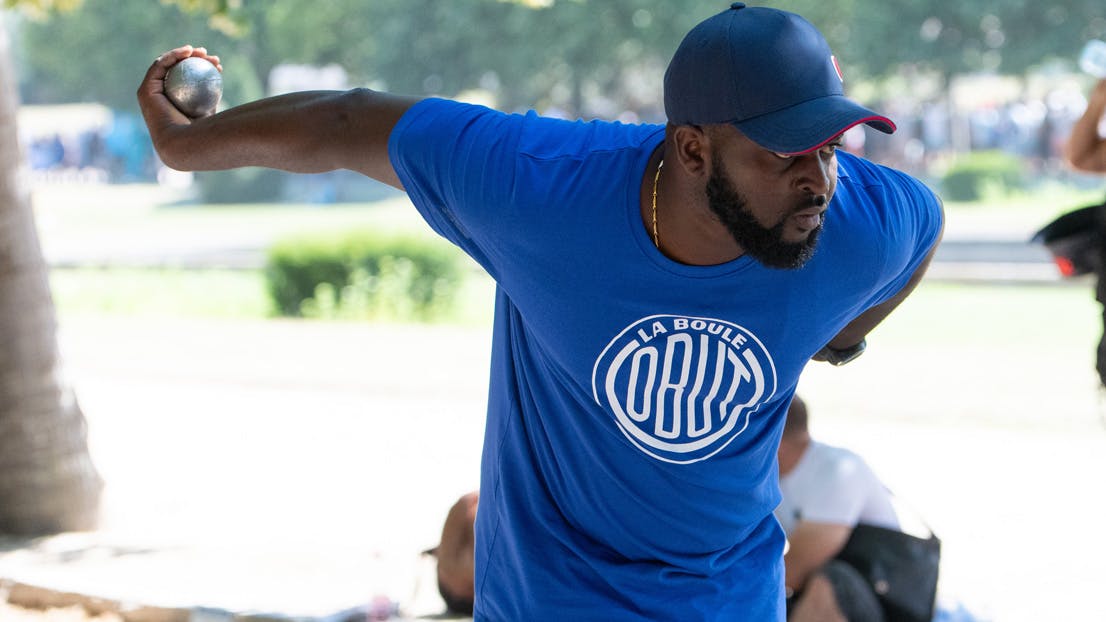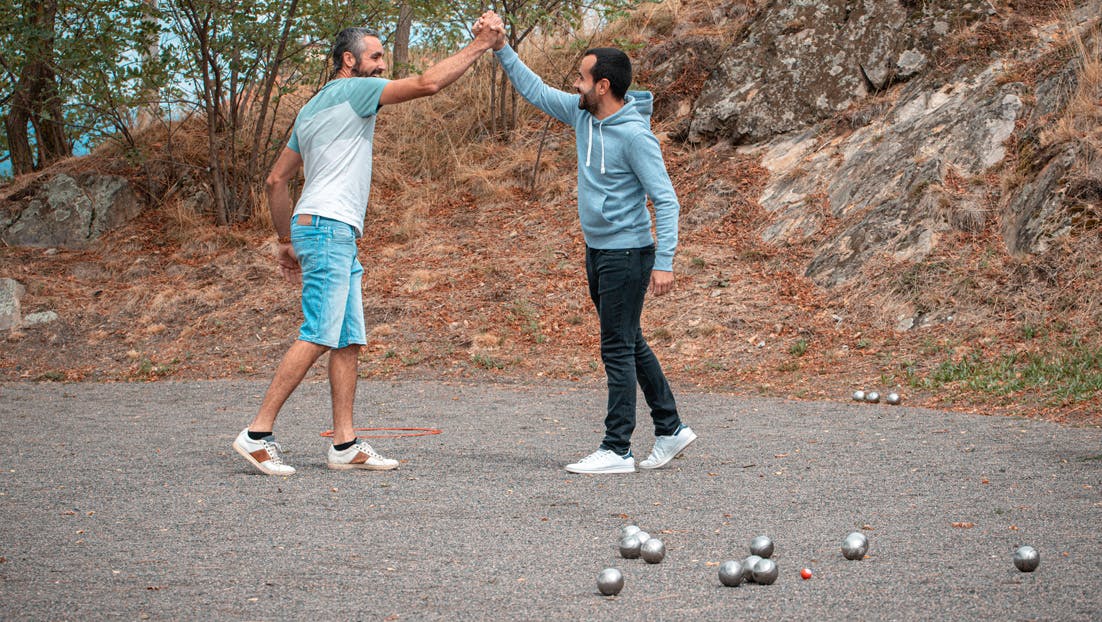
04/12/2024
Rules of petanque
Qu'est-ce-que la pétanque?
La pétanque est un sport convivial, souvent associé à des moments chaleureux en famille ou entre amis, qui se joue avec des boules en acier et un cochonnet (le "but").
Elle peut être pratiquée par des joueurs de tous niveaux, des débutants comme des confirmés, en loisir ou en compétition.
L'objectif de la pétanque est de placer vos boules plus près du cochonnet que vos adversaires.
A 13 points, c'est gagné !

Preparing for a game of petanque
-
![obut]()
Singles
With 3 boules each
-
![obut]()
Doubles
With 3 boules each
-
![obut]()
Triples
With 2 boules each

The perfect team
Players with a passion for the game, boules made of 100% steel and a jack to challenge your opponents in style!
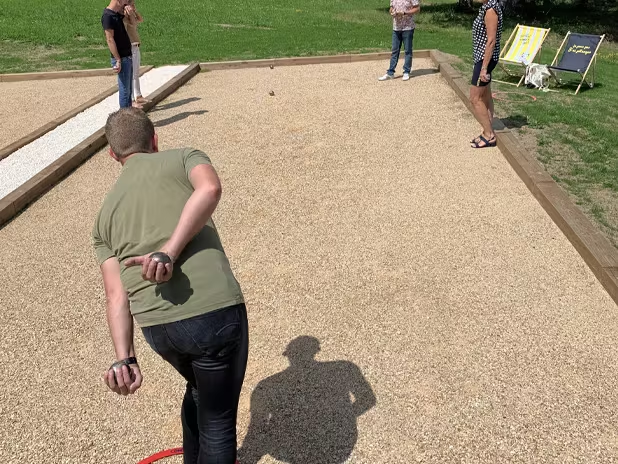
Le bon terrain
Les dimensions règlementaires d'un terrain de pétanque sont 4m de large x 15m de long (3m x 12m dans certains cas). Il peut être en Dolomie, en sable, en gravier, en Schiste rouge...
Pourvu que ça roule !
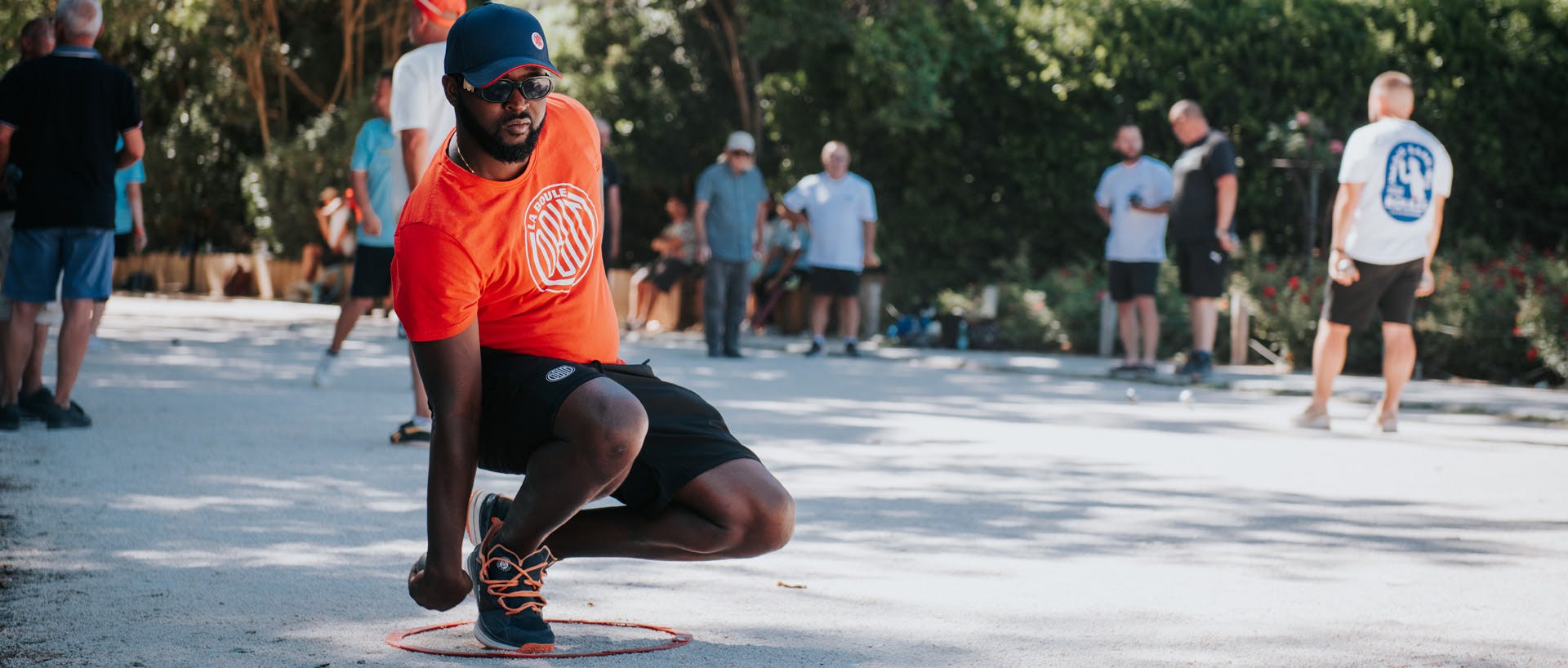
How to play a game of petanque?
Off you go! To start the first round, known as a "mène" or "end".
Maybe you prefer pétanque provençale or boule provençale? This game is played with the same boules, but there are 3 main differences from regular petanque.
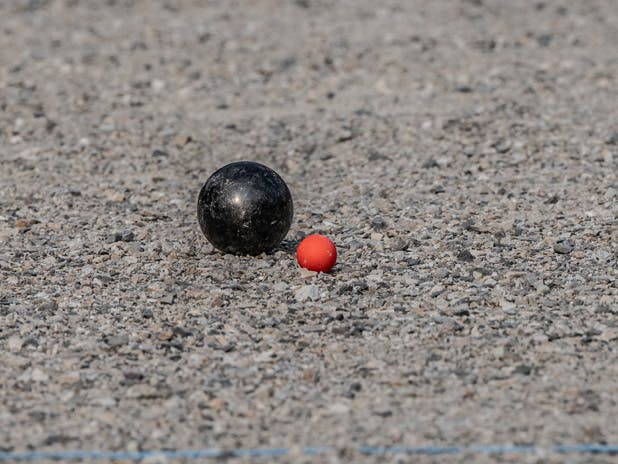
How far to throw the jack
Clear the way! Throw the jack a distance of between 6 and 10 m inclusive, making sure it lands 1 m from any obstacle (wall, tree, etc.).

Shoot or point?
Now concentrate and throw your first boule, aiming to land it as close as possible to the jack.
When you're done, your opponent enters the circle. Will they choose to skillfully point their boule to place it even closer to the jack or will they try to shoot your boule and knock it out of the way?
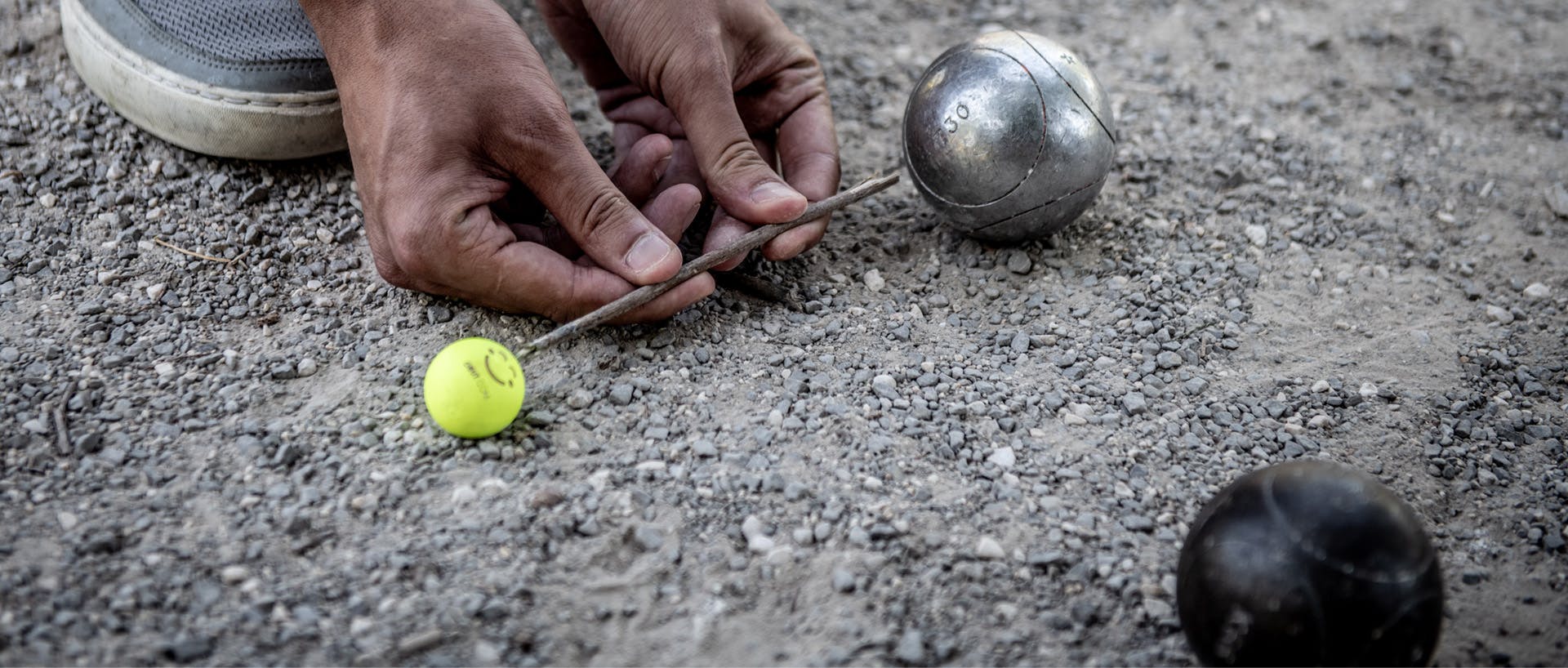
Next player
After each throw, go and check the distances from the jack, there might only be millimetres in it:
The best placed boule is said to "have the point" and is in the lead! It is the player or team that "does not have the point" that throw next. This team then throws its boules until it gains the point.
And if the player and their team run out of boules? The opposing team throw all the boules they have left. They are free to try and score as many points as possible… When all the boules have been thrown, the end is over.
Et c'est là que ça se corse !
During this end, one of the players may also have knocked the jack "dead", i.e. out of play. And when the jack is pushed too far, the end is void or scoreless. And that's when things get interesting! Whether each team still has boules to throw or, on the contrary, they have none left to play: the jack belongs to the last team to score or which won the coin toss. And if ever only one of the teams still has some boules, it scores as many points as it still has boules in hand!
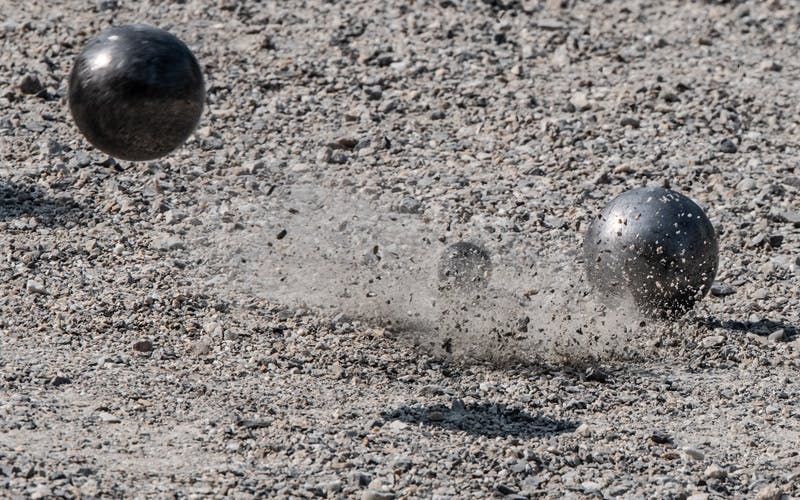
Scoring points in petanque
When an end is finished, we count up the points! The team with the boule closest to the jack wins the end and can tot up points.
It scores one point for each boule better placed (i.e. closer to the jack) than the other team's. What if only one of your boules is closer to the jack than the closest of the opponents' boules? You win the end with 1 point! If 2 of your boules are closer: 2 points, and so on.
Next end: one of the players from the winning team draws the throwing circle round the jack and throws it from there to start the next end. The game continues. You keep playing more ends and adding up the points.
When one team reaches 13 points, they've won - and the game is over!

Kissing Fanny in petanque
When a team loses 13 to 0, the losers have to "kiss (the) Fanny", i.e. the bare bottom of a representation of a woman called Fanny, often a statuette or picture!
Rules of the Provençal game
Maybe you prefer pétanque provençale or boule provençale? This game is played with the same boules, but there are 3 main differences from regular petanque:
- The regulation size of the pitch: at least 4 m wide x 24 m long.
- Distance jack/throwing circle: between 12 and 20 m depending on the category of players.
- To point their boule, a player must take 1 step out of the circle and to shoot their opponent's boule, they must take 3 running steps.
**Taken from the FFPJP 2017 jeu provençal rules applicable in 2018
Article selection Obut










